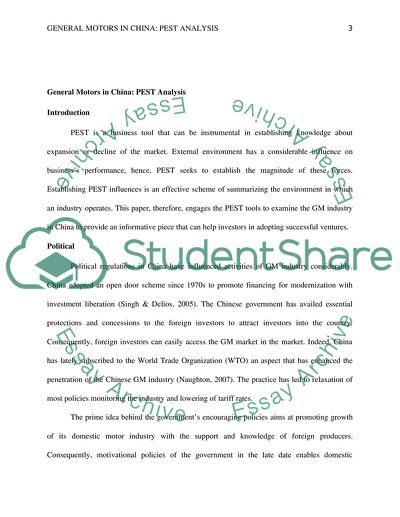Cite this document
(PEST Analysis of General Motors in China Research Paper, n.d.)
PEST Analysis of General Motors in China Research Paper. Retrieved from https://studentshare.org/macro-microeconomics/1776674-general-motor-in-china
PEST Analysis of General Motors in China Research Paper. Retrieved from https://studentshare.org/macro-microeconomics/1776674-general-motor-in-china
(PEST Analysis of General Motors in China Research Paper)
PEST Analysis of General Motors in China Research Paper. https://studentshare.org/macro-microeconomics/1776674-general-motor-in-china.
PEST Analysis of General Motors in China Research Paper. https://studentshare.org/macro-microeconomics/1776674-general-motor-in-china.
“PEST Analysis of General Motors in China Research Paper”, n.d. https://studentshare.org/macro-microeconomics/1776674-general-motor-in-china.


